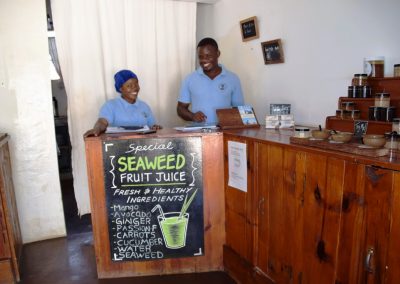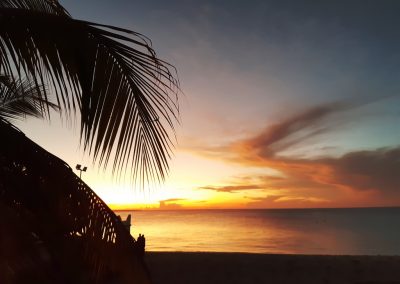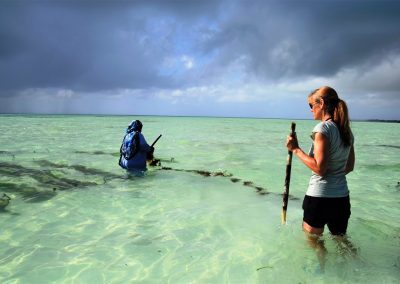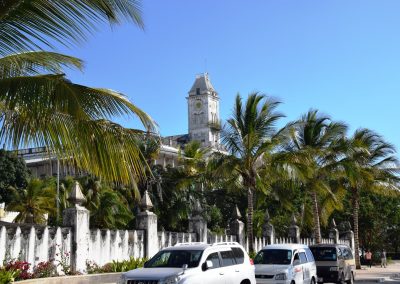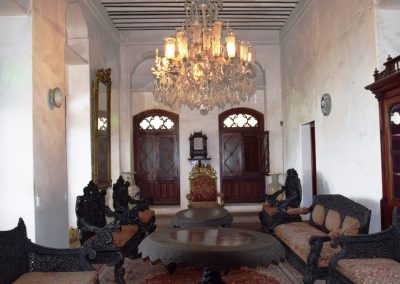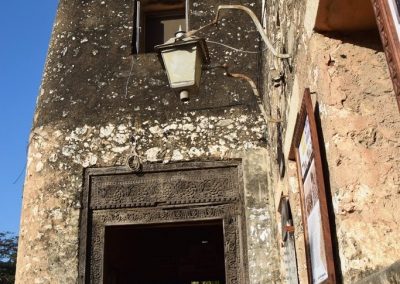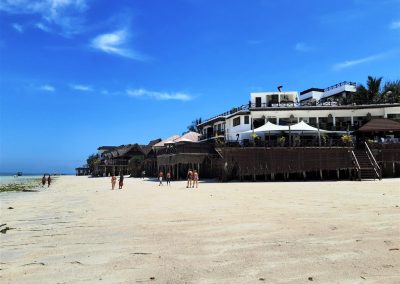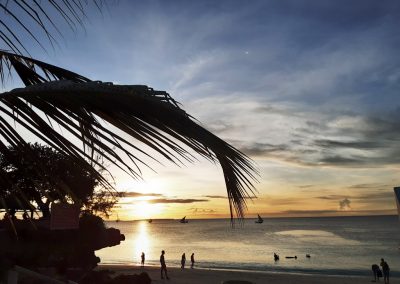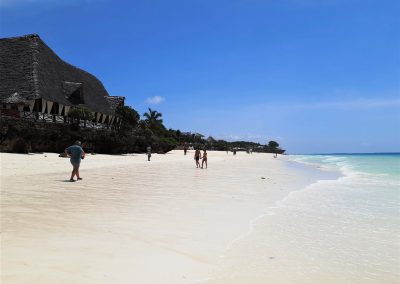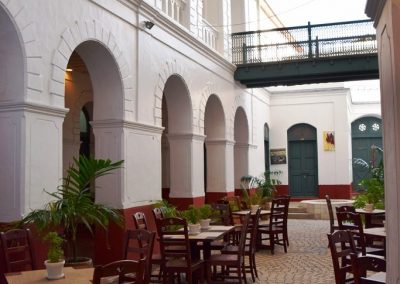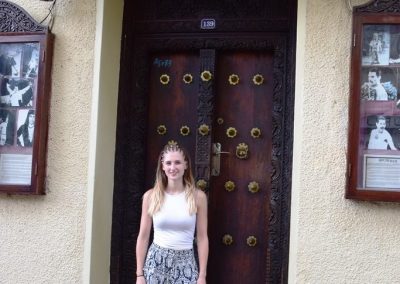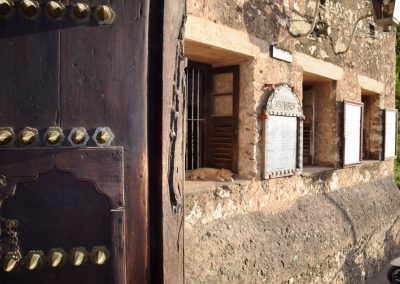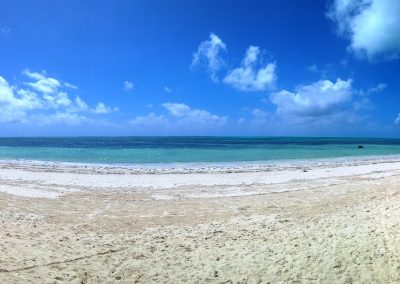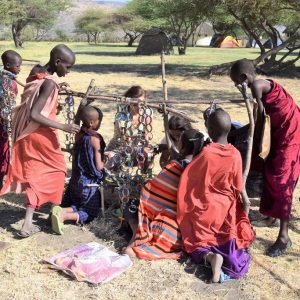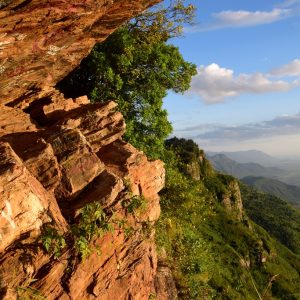Zanzibar Island
- Explore Stone town the heart of multicultural Zanzibar
- Visit historical sites, a mix of Arabian and East African Swahili culture
- Taste the delicious dishes influenced by African, Arabic and Indian cuisine
- Enjoy Water sports or a trip with a traditional Dhow
- Get Immersed in an exotic paradise of beautiful beaches, turquoise blue Water and the scent of spices
Tour FAQs
- Overview
- Itinerary
- Circuit / Region
- Included Services
- Excluded Services
- Options
- Rates
- Best Time To Travel
- Packing Tips
- Notes
Unguja, the main island of the Zanzibar Archipelago, which consists of several islands in the Indian Ocean, is known under the name Zanzibar. It is the largest island, situated 15 miles from the mainland and can be reached by plane or fast ferry. International flights also land there. Zanzibar has also been known as the spice island for centuries and exports cloves, cinnamon, black pepper and nutmeg around the world.
On the west coast lies the capital of the archipelago “Zanzibar Town”, the historical heart of which is called “Stone Town”. The architecture of Stone Town has a lot of special features that result from the mixing of Arab, Persian, Indian, European and African traditions. The name “Stone Town” comes from the ubiquitous use of coral stones as the main building material. This stone gives the city a characteristic, reddish-warm color. Not to forget the Zanzibari houses with their finely decorated wooden doors. While strolling through the narrow streets of the seemingly wildly lined up houses you will pass a colorful mix of small shops that offer everything from spices and everyday goods to fabrics. In the morning hours it is worth visiting the fish market, where there is a lot of activity and when it gets dark, enjoy exotic dishes from the small cookshops in the Forodhani Food Market near Forodhani Gardens.
On a sightseeing tour you will pass the birthplace of Freddy Mercury, the restored Old Dispensery, which was built in honor of the throne jubilee of Queen Victoria, the buildings of the sultans in the Sultan’s quarter, the old fortress of the Omanis and also a visit to the palace museum which documents the history and the life of the sultans should not be missing.
Near Stone Town you can visit Changuu Island, also called “Prison Island”, which is a short 20 minute boat ride away. Dozens of giant tortoises live on the island, some of which are over 200 years old. You can also visit the Slave Trade Museum, which documents the terrible history of the slave trade in Zanzibar.
Do not miss a spice tour to one of the countless spice farms, which also means an insight into Zanzibari history and culture.
And then, finally enjoy the beach life on the countless white sandy beaches. Be it on the north coast, on the beaches of Nungwi and Kendwa or in the northernmost fishing village of the east coast, “Matemwe”, where the wide sand beach flanked by palm trees is still quiet and not so touristy. Or lounge on the beaches of Paje and Jambiani on the south east coast. Of course, activities such as kite surfing, parasailing, windsurfing, jet?skiing, snorkeling and diving are also offered. Or you can go fishing or take a cruise on a traditional dhow to a sandbank or other islands, including lunch and snorkeling.
The best diving spots you find on the west coast with the offshore islands, in Menai Bay in the south, at Mnemba Island in the northeast and in front of Nungwi and Kendwa. Wreck diving is possible off Stone Town.
On the way to the southern beaches one can visit the small Jozani Chwaka Bay National Park, the last tropical jungle of Zanzibar and watching the Zanzibar red colobus monkeys swinging in the trees.
Almost all tours can be booked through the hotels, which come in a wide variety of categories. Everyone will find a hotel to suit their taste and budget. If you tell us your ideas, we will find the right hotel and the suitable excursions for you.
There is much more to see and do… get in touch with us!
In agreement with our customer
Please ask us about additional programs i. e.
- Game drives in the national parks, for example in the nearby Southern Circuit Parks: Nyerere NP (former Selous Game Reserve), Mikumi NP, Ruaha NP or Kitavi NP
- Or fly directly to the northern parks: Serengeti, Manyara or Tarangire National Park or Ngorongoro Crater Conservation Area
- Visit the chimpanzees at Lake Tanganyika
- Climbing Kilimanjaro or Mount Meru is also a great way to start your trip and then relax on the beaches afterwards
- Culture tours or trekking tours are possible too
- Or continue with other islands
- The months of January and February and June to October are considered the best travel time for a beach holiday in Zanzibar.
- There is a weak rainy season in November and December and a stronger one from around mid-March to the end of May.
- However, as in other parts of the world, there are more and more shifts in the rainy season in East Africa.
Recommendations what to wear:
On Zanzibar Island, outside the hotel complex, out of respect for religion and the traditions of the population, you should wear sufficiently long trousers or skirts in public (the knees should be covered when sitting) and no shoulder-free or low-cut outer clothing.
Are you ready to explore Africa?
This itinerary is an example of tours we organize.
Contact us by email, WhatsApp or phone to create your individual trip or choose one of our itineraries without obligation!
-book now-




